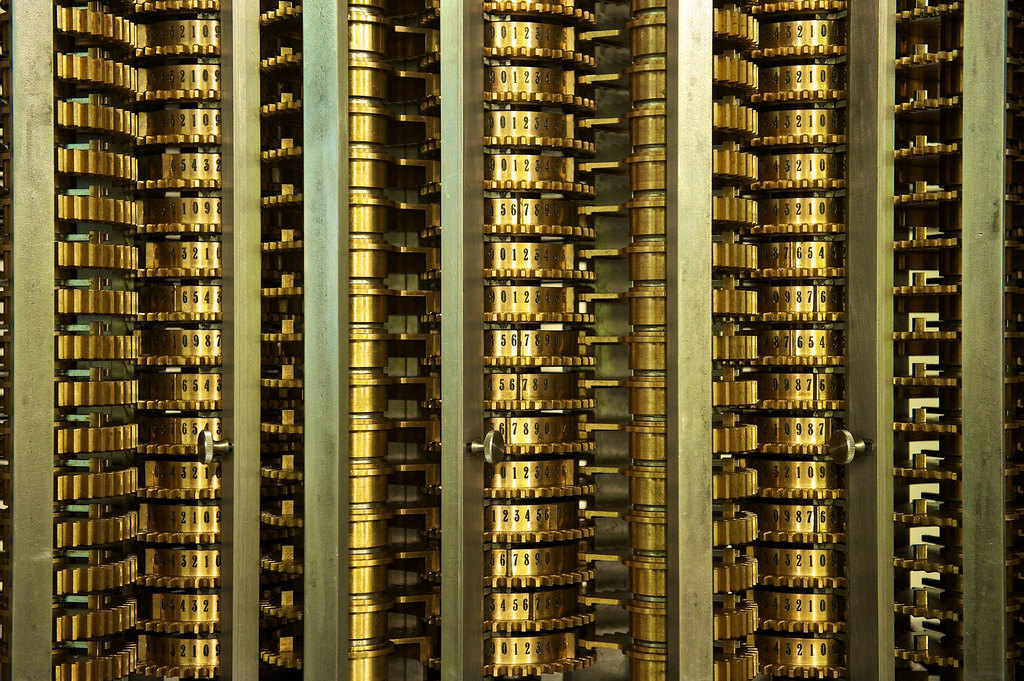
Closeup of Babbage Difference Engine #2. By Larry Johnson. Flickr. (CC BY 2.0)
Did Augusta Ada, Countess of Lovelace, write the first computer programme? She was twenty-eight at the time, and it was a hundred years before the first working computer was to built. Although the work is not always recognised as her own, and the title of ‘first computer programmer’ is contested, Ada’s collaboration with Charles Babbage inspired Alan Turing as he developed some of the first computers in the 1940’s and 50’s.
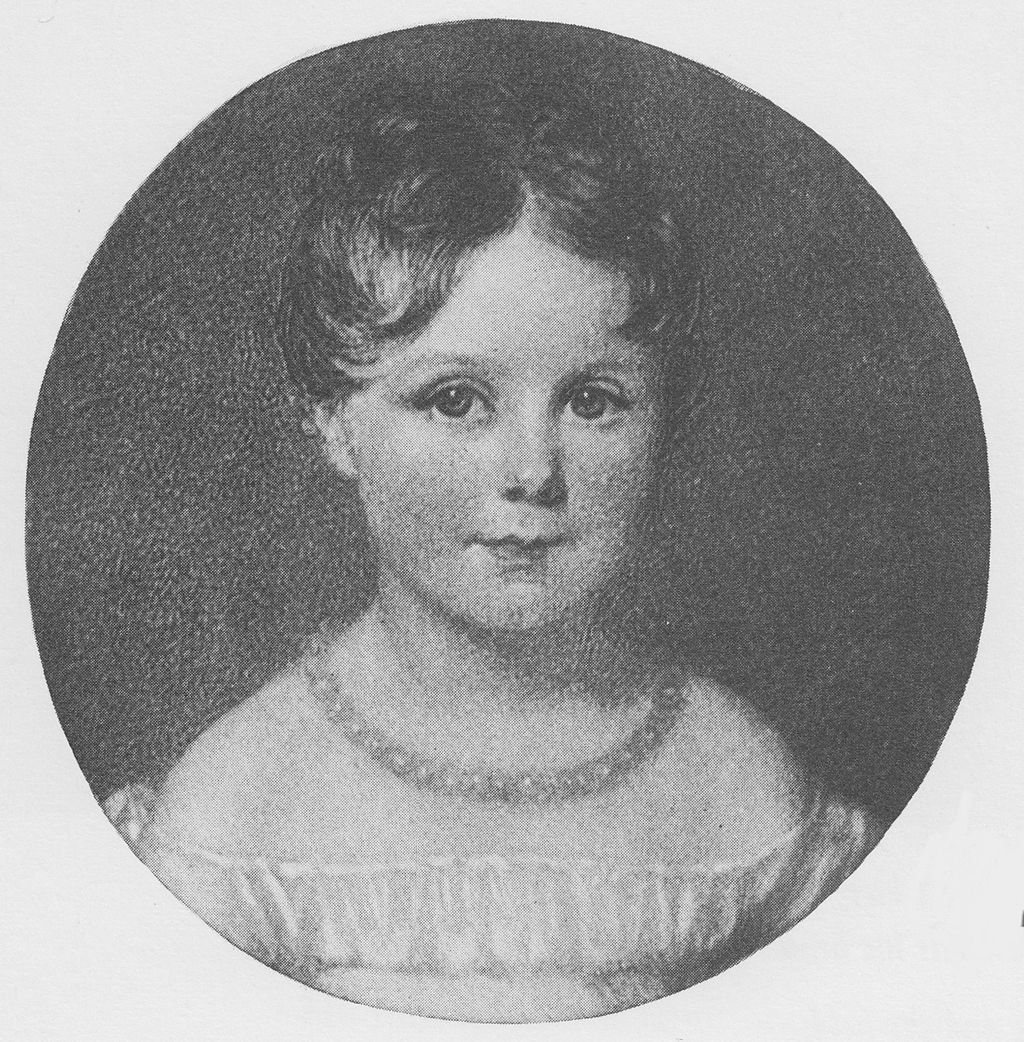
Ada Byron at age four. Scanned from Byron and his World by Derek Parker. [Public domain], via Wikimedia Commons {PD-1923}
Determined that her daughter wouldn’t get into the same sort of trouble as her father, Lady Wentworth gave her daughter the quality of education she had enjoyed herself, focusing on science, mathematics and logic. She also made sure that her daughter got to know Mary Somerville, the Scottish astronomer and mathematician who was one of the first women to be admitted to the Royal Astronomical Society.
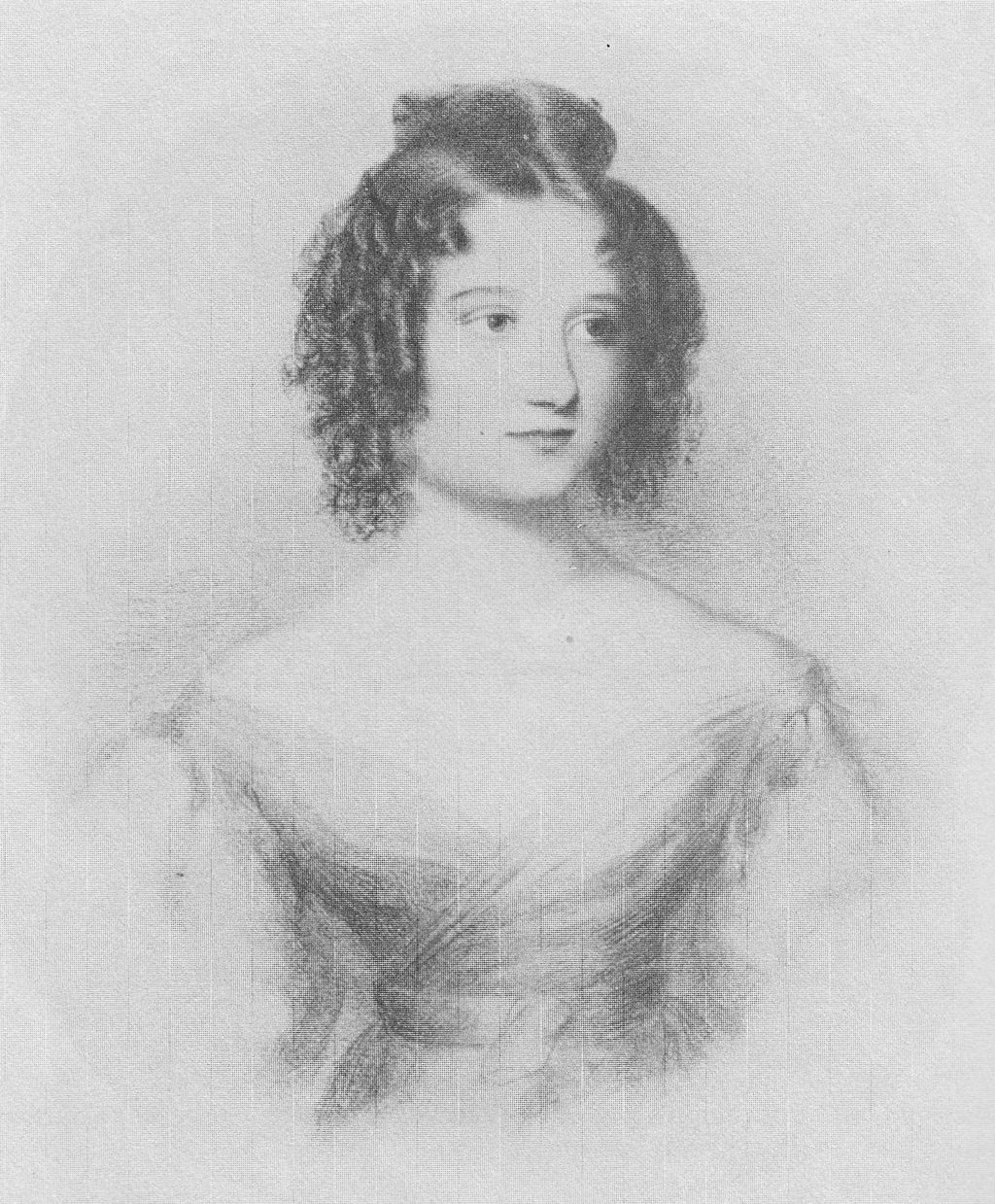
Ada Byron at age seventeen. Scanned from The Calculating Passion of Ada Byron by Joam Baum. [Public domain], via Wikimedia Commons {PD-1923}
During this time, Babbage had been working on two calculating machines – the Difference Engine and the Analytical Engine, neither of which were ever fully built. Ada was fascinated by these inventions, and her interest was encouraged by Babbage. Having been taught by one of the leaders in the field of symbolic logic, Ada realised that the Analytical Engine could also be used to process letters and symbols.
Babbage recognised Ada’s in-depth understanding of his machine, and asked her to translate a report of a lecture he had given in Italy, adding her own notes. The paper, published in collaboration with Babbage and with the initials AAL below the notes, contains what is recognised by some as the first computer code to be written. Her additional notes, three times as long as the original report, include a number of original ideas. Do they show their writer to be a fully-fledged scientific thinker in her own right, or did they really come from the pen of Babbage? The jury seems to be out on that question.
Unlike her mother, Ada Lovelace didn’t seem to retain her belief in God throughout her life, but there was at least a time when she was convinced that science and faith could go hand in hand. In expressing her views of the relationship between science and faith, she might have been influenced by her hero Michael Faraday. One thought expressed in a letter to the electrical experimenter Andrew Crosse certainly bears a resemblance to Faraday’s own view. In admiring Andrew’s own work, she speaks of “the respect and attraction I feel for a mind that ventures to read direct in God’s own book and not merely thro’ a man’s translation of that same vast and might work.”
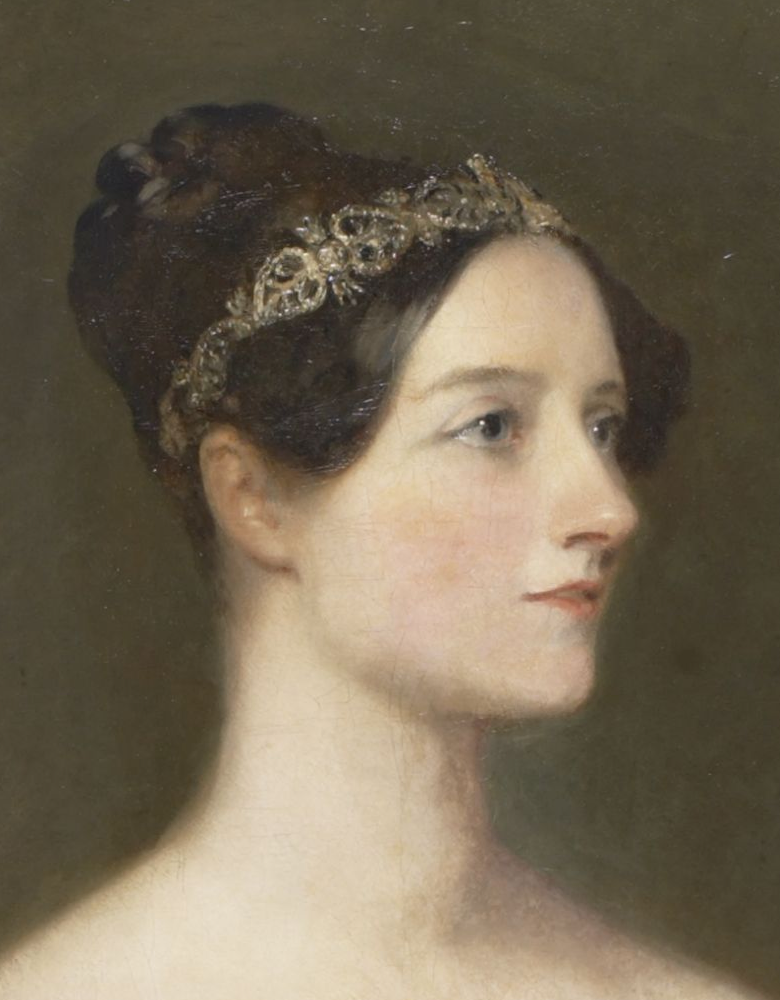
Ada Lovelace portrait by Margaret Sarah Carpenter [Public domain], via Wikimedia Commons{{PD-1923}}
Whether or not Ada Lovelace was the author of the first computer programme, she is an interesting figure in the history of science and an inspiration to those of us who were told that ‘girls aren’t as good at maths’. She is also an example of how people in her day were finding ways to connect the science and religion that were so important to them and their wider culture.
Further reading:
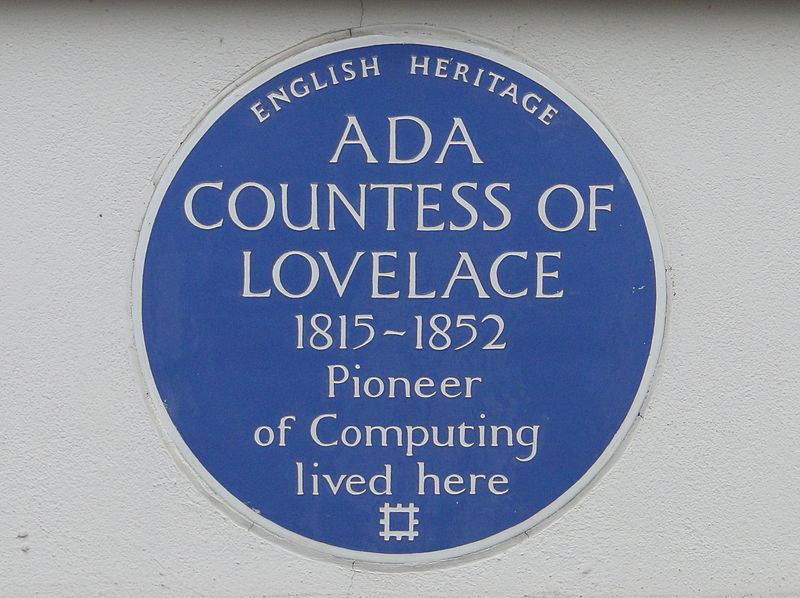
Blue plaque to Ada Lovelace in St James’s Sq, London [CC BY-SA 3.0], via Wikimedia Commons
- http://findingada.com/about/who-was-ada/
- http://www.biography.com/people/ada-lovelace-20825323
- https://www.brainpickings.org/2013/12/10/ada-lovelace-science-religion-letter/
- http://findingada.com/book/ada-lovelace-victorian-computing-visionary/
- https://www.theguardian.com/science/the-h-word/2012/oct/16/history-science
- https://thonyc.wordpress.com/2012/12/26/christmas-trilogy-2012-part-ii-charles-and-ada-a-tale-of-genius-or-of-exploitation/
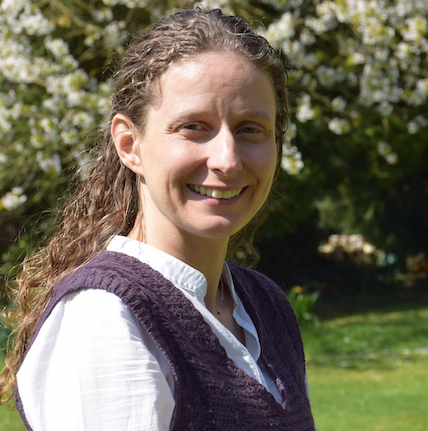
© Ruth Bancewicz, Nigel Bovey
Ruth Bancewicz is a Senior Research Associate at The Faraday Institute for Science and Religion, where she works on the positive interaction between science and faith. After studying Genetics at Aberdeen University, she completed a PhD at Edinburgh University, based at the MRC Human Genetics Unit. She spent two years as a part-time postdoctoral researcher at the Wellcome Trust Centre for Cell Biology at Edinburgh University, while also working as the Development Officer for Christians in Science. Ruth then moved to The Faraday Institute to develop the Test of FAITH resources, the first of which were launched in 2009. Ruth is a trustee of Christians in Science and on the advisory council of BioLogos.




